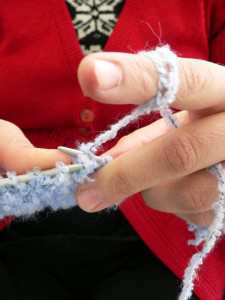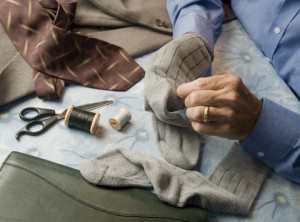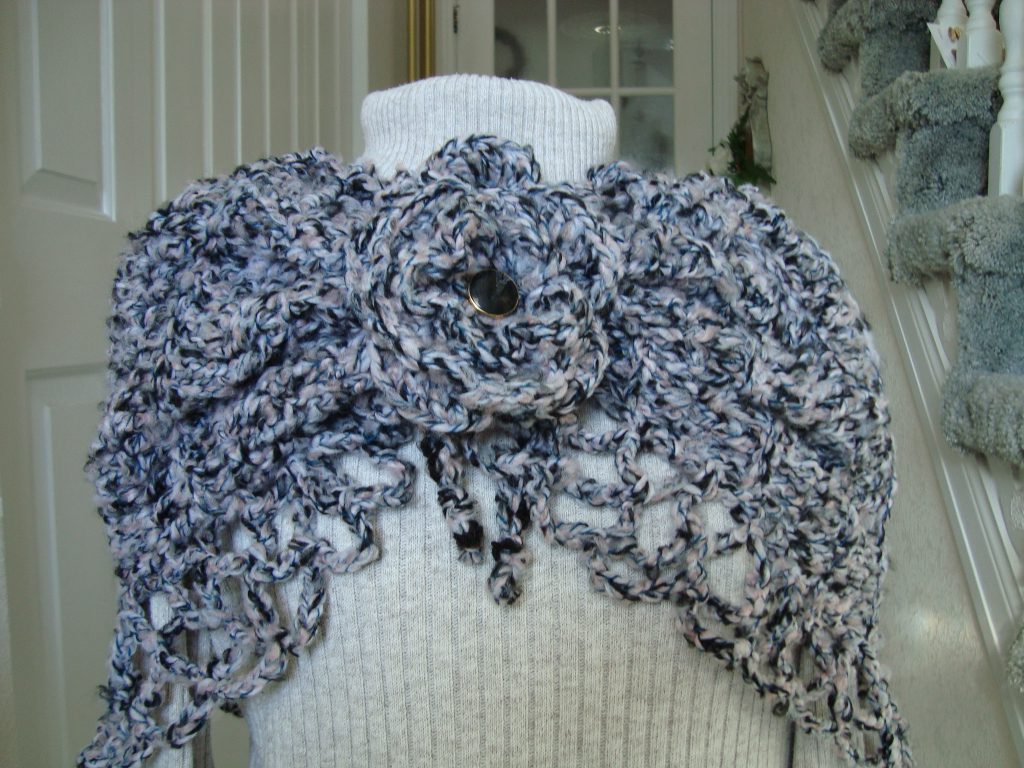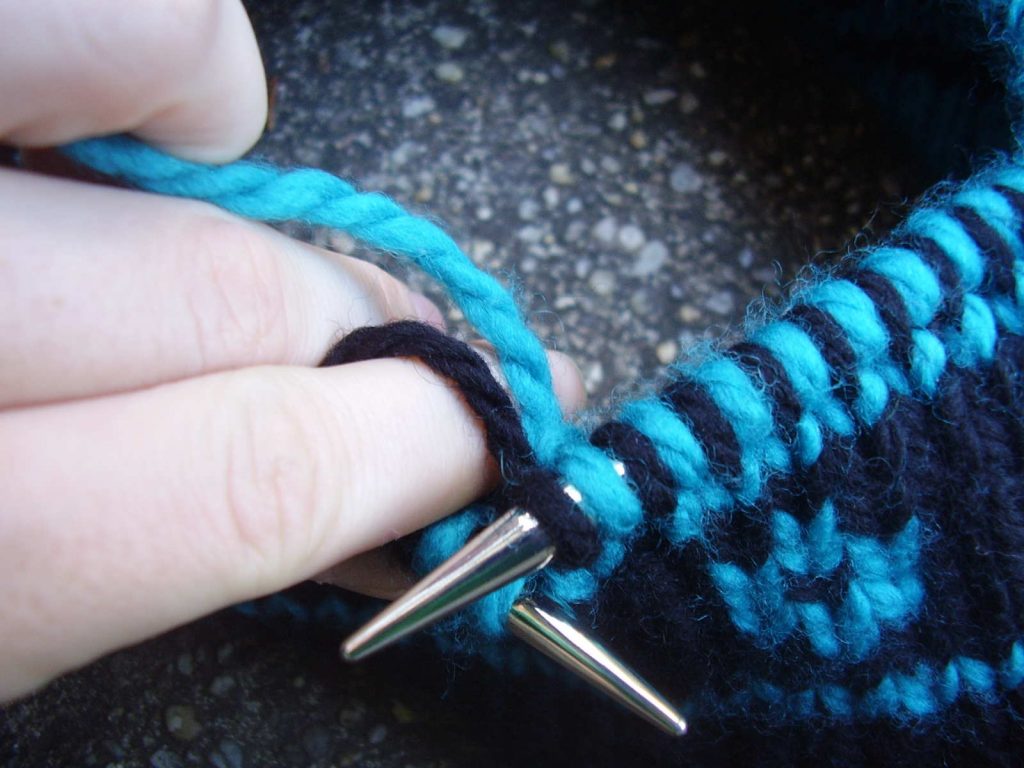
Even for those who are not knitters, the terms knit and purl stitches are something that has likely been heard at one time in their lives or another. Many people may even recall their grandmothers sitting with their knitting and quietly saying to themselves “knit one, purl two”. If you have ever wondered what they were talking about than you have come to the right place for information!
What is a Knit Stitch?
This is a stitch that is made by pulling the yarn loop through the already existing loop that is on the needle. Taking the yarn and pulling it from the back position makes the knit stitch. This is the most basic knitting stitch and one that most beginners start with before learning any other types of knitting methods. It is the opposite of the purl stitch which is made by putting the yarn though at the front instead of the back. The purl stitch is also a very common stitch among knitters and is typically learned very quickly once the knit stitch has been accomplished.

The knit and purl stiches are the two most common and important things you will learn in knitting.
Understanding the Purl Stitch
As mentioned above, the purl stitch is the complete opposite of the knit stitch. With this method of knitting, the yarn is held in the front of your work. As you knit your piece, the bumpy side of it will be facing you and the smooth side is in the back of the needle (facing away from your body). When you are doing flat work which requires learning how to stitch from knit to purl, every row that you purl with make a garter stitch. Making alternate rows of both knit and purl stitches are creates what is known as the stockinette stitch. The purl is the reverse stockinette stitch and is referred to as the right side with the knit stitch known as the wrong side.
Combining the Knit and Purl Stitches
Once you understand and master both knit and purl, you can then learn how to switch from knit to purl like so many knitters before you did! Using knit and purl together can turn out some very interesting and unique results. Though it may seem daunting for a beginner to learn how to do this, it is quite easy once you get the hang of it. When one knits a stitch the yarn is kept at the back of the work. The purl stitching is kept at the front. When changing from the knit stitch to the purl stitch you must ensure that the yarn is in the correct position before you move onto the next stitch. When moving it from front to back or vice versa, you must put the yarn between both to the needles and not over the top of them. This is a common mistake among beginning knitters.

To begin, you must cast on the stitches in an odd number. For the right side, or row 1, do one knit stitch and one purl stitch and repeat this until the row is complete. When doing the second row you should begin with the purl stitch and follow the same steps as outlined above. This is a beginner knit/purl stitching and is known as the seed stitch. Maybe it is called this because you are just beginning to sow your seeds as a knitter!
Tips for Purl Stitching
For being successful in your purl stitch learning, here are a few tips to keep in mind:
• Be sure to hold the needle that has the stitches on it in the left hand while keeping the empty needle in the right.
• Hang your work in front of your body loosely.
• Put the needle on the right through the stitch in the left hand needle so an X is formed and the year does not go in the front of your needle.
For most people, the purl is the most difficult to master and the knit stitch is the easiest. This is because learning the knit stitch is mandatory when it comes to this craft. Anything else comes second. Once you do learn both the knit and purl stitches, everything else will seem like a piece of cake!



